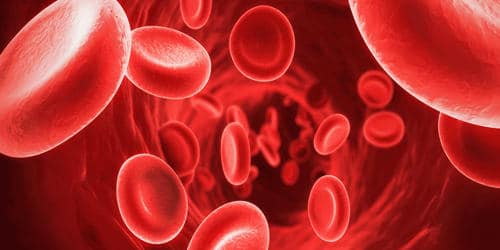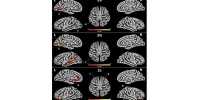Platelets, also called thrombocytes, are colorless, free-flowing components of blood that are important in the formation of blood clots. “Platelets are the cells that travel through our bloodstream and bind together when they detect damaged blood vessels,” said Dr. Marilene Williams. “For example, when you get a cut, the platelets are bound in place of the damaged vessel, causing blood to clot. Platelets are found only in the blood of mammals. Platelets have no cell nucleus: they are fragments of cytoplasm derived from bone marrow megakaryocytes, which then enter circulation. Driven inactive platelets are biconvex discoid (lens-shaped) structures, with a maximum diameter of 2–3 mm. Platelets then rush to the site of damage. They form a plug to fix the damage.
In stained blood vessels, platelets appear as dark purple spots, about 20% the diameter of blood cells. Smears are used to test platelets for size, shape, qualitative number, and clamping. A healthy adult usually has 10 to 20 times more blood cells than platelets. They are stored in the spleen. Some evidence suggests that platelets may also be produced or stored in the lungs, where megakaryocytes are often found. One of the main functions of platelets is to contribute to hemostasis: the process of stopping bleeding at the site of the obstructed endothelium. They gather at the site and they plug in the hole until the physical barrier is too high. Platelets block blocked blood vessels and provide a surface where fibrin strands form organized coagulation, pulling fibrin strands together to make the coagulant firm and stable, and, perhaps most importantly, coagulation formation. It provides the necessary kind of freezing or mediating By. Platelet cell membranes have receptors for collagen. After the blood vessel wall ruptures, the platelets are exposed and they adhere to the collagen in the surrounding connective tissue.
The primary function of the platelet count is to assist in the diagnosis of hemorrhagic disorders and to monitor patients treated for any disease associated with bone marrow failure. Patients with leukemia, polycythemia vera, or aplastic anemia are given periodic platelet count tests to monitor their health. Elevated platelet concentration is called thrombocytosis, and is either congenital, reactive (to cytokines), or due to uncontrolled production: myeloproliferative neoplasm or some other myeloid neoplasm. A disorder of platelet function is a thrombocytopathy. Platelet counts used a freshly collected blood sample where a chemical called EDTA was added to prevent clotting before the test began. About 5 ml of blood is drawn from a vein in the patient’s internal elbow region or another region. Platelets store and transport several chemicals, including serotonin, epinephrine, histamine, and thromboxane; After activation, these molecules are released and initiate local blood vessel contraction, which helps in clotting.
















